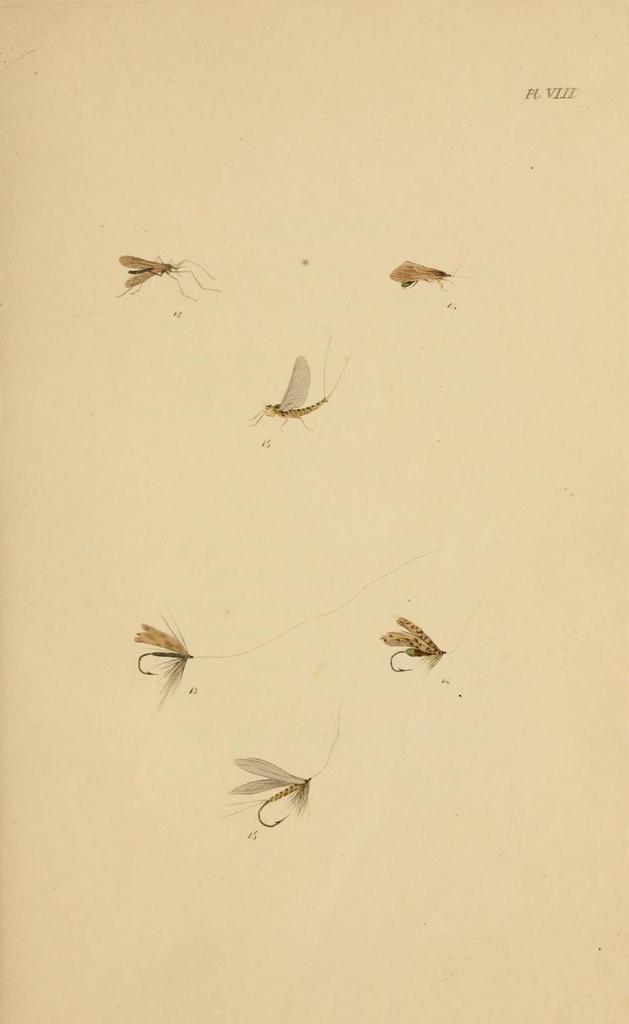Hook: Ken Sawada Old Limerick Wet #14
Thread: Pearsall's silk thread, grey waxed with a dark cobbler's wax
Hackle: genetic hen, black
Body: tying thread
Wing: woodcock slips, folded

Moderators: letumgo, William Anderson

How can anyone resist tying a fly with that description!The silk of the body should be of the most repulsive, ashy, livid hue that you can find.
(The comment about the body shade was made by the editor of a subsequent addition.)#13 Gravel Bed (Spider Fly)
Order, Diptera.
Family, Tipulidae.
Genus, Anisomera.
Species, Obscura.
This fly is not found on all waters : upon those where it is found it is extremely numerous on fine days; but in cold weather it seeks shelter among the larger stones of the gravel. It may be used all day. It comes on about the middle of April and lasts about three weeks.
Imitation
Body : Dark dun or lead colored silk thread dressed very fine.
Wings: From the underside of a feather from the woodcock's wing
Legs: A black cock's hackle rather long, wound twice only, around the body.
To make it a buzz, a dark dun cock's hackle tinged with brown may be used.

I agree; I've never seen it tied other than with a conventional wing and as such, it wouldn't make a very good crane fly. I would fish your fly with confidence, though, during certain caddis hatches.Old Hat wrote:No doubt. This pattern, to me, is a bad representation of a crane fly. I have never seen the wings of this pattern tied flat. Always matched slips. It's a better caddis imitation.

Same here. Carl, you're tie is a beautiful example of the pattern, whatever it was intended to be. I'm really enjoying your trip through the Harding book. This is spot on.redietz wrote: I agree; I've never seen it tied other than with a conventional wing and as such, it wouldn't make a very good crane fly. I would fish your fly with confidence, though, during certain caddis hatches.